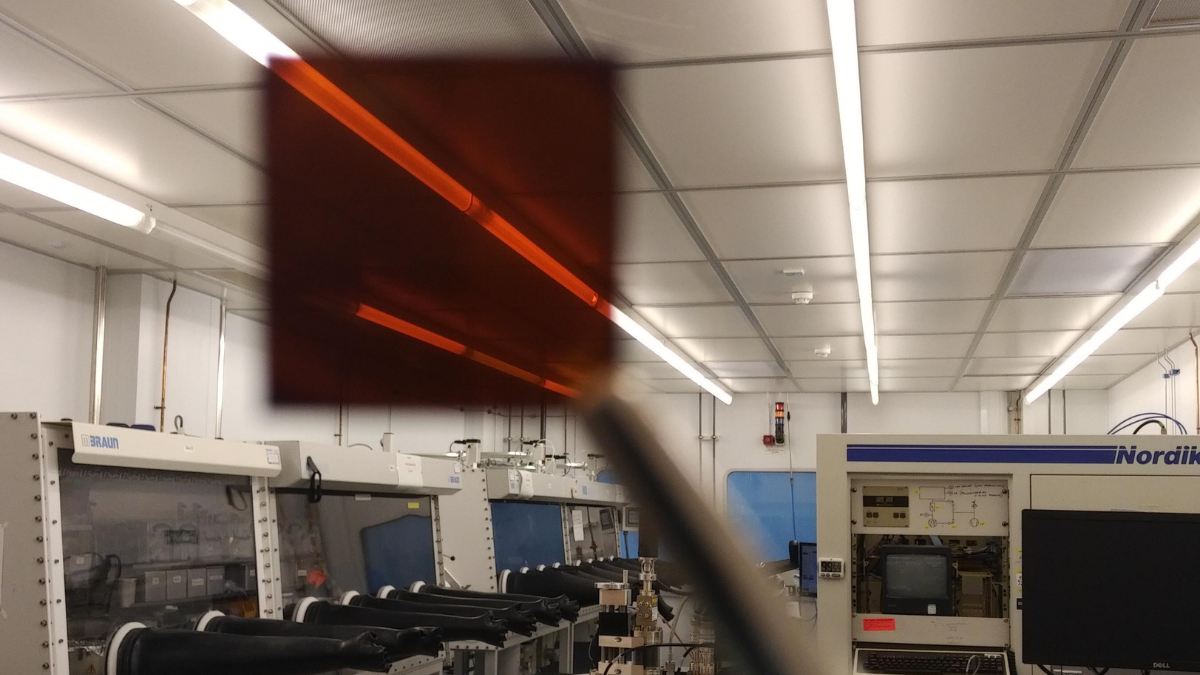Two-faced solar panels can generate more power at up to 70% less cost
Scientists at the University of Surrey have built a new kind of solar panel with two faces, both of them pretty.

Their flexible perovskite panels have electrodes made of tiny carbon nanotubes. These can generate more power with greater efficiency and at a cost 70% lower than existing solar panels.
Surrey scientists worked with colleagues at the University of Cambridge, the Chinese Academy of Sciences, Xidian University, and Zhengzhou University, China. Together, they built a new kind of two-faced panel (scientists prefer the term 'bifacial'). They used single-walled carbon nanotubes as both front and back electrodes.
These tubes are just 2.2 nanometres across. That is slightly thinner than a strand of human DNA. A piece of paper is thicker than 45,000 nanotubes stacked on top of each other.

The panels could generate over 36 mW per square centimetre – and the back panel produced nearly 97% of the power that the front panel did. That compares to 75-95% for most bifacial panels currently on the market.
The study is published in the journal Nature.
The research helps promote the UN Sustainable Development Goals (SDGs) 7 (affordable and clean energy), 9 (industry, innovation and infrastructure) and 13 (climate action).

